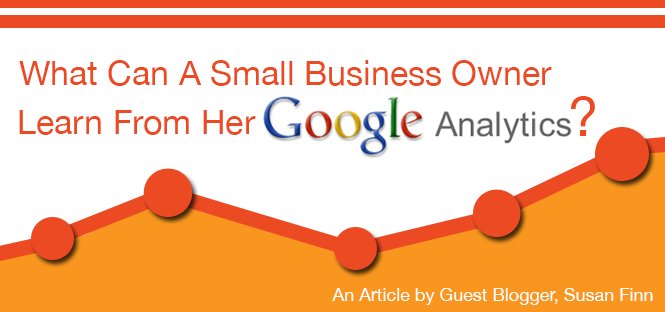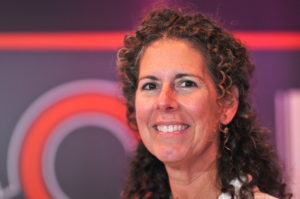Here’s how it goes in my world….
A small business owner, let’s call her Lucy, asks me, “Susan, I have a brand, new, beautiful website but I am simply not getting any more phone calls for business!”
“Hmmmmm,” I’ll say, “Let’s take a look.”
I open up my trusty laptop (the one with a pic of my dog on the cover) and visit Lucy’s website to take a look. The first thing I always – always – do is take a look at the source code to see if she’s had a Google Analytics code added to their site.
Let’s assume Lucy’s worked with the right website designer (think Erin Sweeney Design, here) and Lucy does, indeed, have Google Analytics installed on her website. (Google Analytics is free, by the way) That’s where the fun begins (again, remember, we are in my world – this is what I call fun).
So, what can a small business owner such as Lucy learn from looking at her Google Analytics?
The first thing I will look at with her, and what I will discuss in this piece is “Acquisition.” We are able to access this information using the menu in the left sidebar of the Google Analytics dashboard. The Acquisition section tells Lucy where her visitors originated from, such as search engines, social networks or website referrals. This is the best section to determine which online marketing tactics are bringing the most visitors to her website.
Traffic that comes to Lucy’s site will likely originate from these main channels:
- Organic Search—Visitors who come to the website after searching Google.com and other search engines.
- Paid Search—Visitors who come to the website from an AdWords or other paid search ad.
- Direct—Visitors who come to the website without a traceable referral source, often they’ve typed the URL into their address bar or used a bookmark on their browser.
- Referral—Visitors who come to the website from another website by clicking on a link.
- Social—Visitors who come to your website from a social network.
- Other- Well, this is other.
Moving Forward – Measure Results of Digital Marketing Efforts
Let me be clear, simply viewing Google Analytics will absolutely not bring Lucy any additional business. However, now that we can see what kind of traffic Lucy gets and how the visitors are getting to her site, we have a baseline from which we will be able to gauge the results of the digital marketing efforts we will employ. Going forward, we will be activating a number of digital marketing strategies to increase the visibility of Lucy’s website. We will be creating useful, keyword-filled content on a selection of online platforms. Google Analytics allows us to view how many visitors resulted from a recent email marketing campaign. GA will let us know how many conversions (contact forms, phone calls, newsletter subscriptions) that a particular Facebook post netted. It’s actually pretty amazing how much traffic a targeted Pinterest board will actually bring to a website that can publish great visual content.
Another valuable piece of information we can obtain from this section is what other sites are driving traffic to Lucy’s site. We might find that a blog she wrote for someone else’s website is resulting in traffic, or even better, contact-form completions. Well, then – you will be pretty sure that I will be advising her to write another blog post if possible, and to find other guest-blogging opportunities. (See….kind of like what Erin and I are doing right now.) Lucy might also decide to search other opportunities to have her content published with live links back to her website. Some of my clients have had good traffic results from publishing content on LinkedIn, Patch, Alignable and other sharing platforms.
So – my advice? Take a look at your Google Analytics results on a regular basis. See which of your digital marketing efforts are bringing you not only the most traffic, but the most conversions.
Then, Do More of That.
Susan Finn, Chief Connector at Susan Finn Online, is a digital marketing strategist and coach.
Susan describes herself as a loyal partner, a patient teacher, and a fierce advocate for small businesses invested in learning about and owning their online presence.
Susan’s focus is on empowering organizations with an arsenal of tips, tools, resources and strategies that allow them to connect and engage with their targeted audience in meaningful ways.
Was this article helpful or informative? Please Like or Share. Thank you!
[fb_button]




